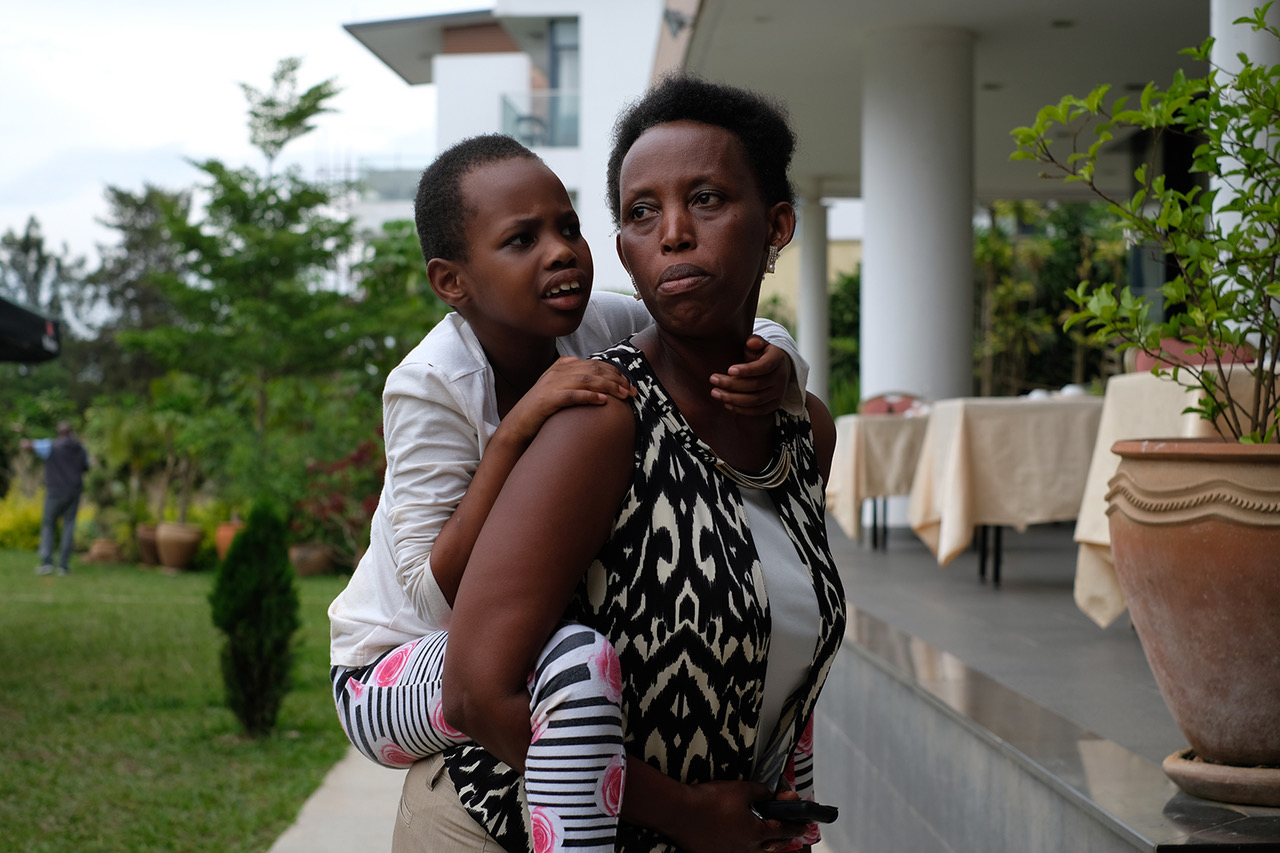- OT
- Life in practice
- Practitioner stories
- “My vision is like a shattered cashew nut”
My vision
“My vision is like a shattered cashew nut”
Photographer Karren Visser on living with degenerative myopia and how capturing moments on film gives her a sense of purpose

Karren Visser
04 January 2022
I try to avoid the phrase ‘taking photographs.’ Instead, I say ‘making photographs’ in the hope that I am respecting the privacy of those I wish to photograph. For me photography is also about attempting to see my surroundings and appraise what I am seeing. I visualise what it is I would like to photograph and then I go into a situation with a sense of what is in my mind’s eye and how I would like to convey this.
I had an experience in Rwanda, where I observed in a restaurant a mother carrying her daughter with autism who was about 12 years old on her back to calm her. I was told that in Rwanda, it is considered unacceptable that a mother would carry her daughter of that age like a baby. I wished to convey what I felt and saw in the bond between the mother and the daughter. The mother, if you look at the tension in her arms, is pressing the daughter against her. That was the only space that mattered in that moment.

I was born myopic. Recently, I was diagnosed with degenerative myopia. If I close my right eye, my vision is black except for a tiny sliver like a crescent moon. The way I would describe it is that my vision is like a shattered cashew nut. I have patches but with increasingly less usable vision.
Supported by Multistory, an arts organisation based in West Bromwich, and Sandwell Visually Impaired, I initially set up photography workshops in collaboration with Sandwell College Department of Photography designed to give the students a sense of what it would be like to be blind or visually impaired. Then COVID-19 and lockdown came. It was then that the project Seeing In Isolation evolved and took on a real presence. We worked virtually. Some of those who participated are totally blind. Some were living alone, navigating the pandemic by themselves.
We all have skills that we can use to contribute to our society. Photography is what I have as a skill. My voice. I am inspired by communication – the moment where you sense there has been a rapport or mutual understanding
For me the motivation behind establishing the online project was that many Sandwell Visually Impaired members were quite isolated. I thought this would be an opportunity for people to share their stories. You will find that none of their stories are about COVID-19. They are about friendship, mental health, the importance of colour, working for charities and staying active. There was no ‘Poor me, I’m sitting at home during a pandemic.’
I learned to cry silently. There were things where I thought ‘That may be me in the future’ or ‘This is really tough going.’ At the same time, there were moments filled with incredible humour.
We all have skills that we can use to contribute to our society. Photography is what I have as a skill. A voice. I am inspired by communication – the moment where you sense there has been a rapport or mutual understanding. When you have those moments, you feel that you have a purpose.
Photographer Karren Visser worked on the Seeing In Isolation project with arts organisation, Multistory, in collaboration with Sandwell Visually Impaired (SVI). Members of SVI shared their stories through short digital films. Find out more through the website.
- As told to Selina Powell.

Comments (0)
You must be logged in to join the discussion. Log in